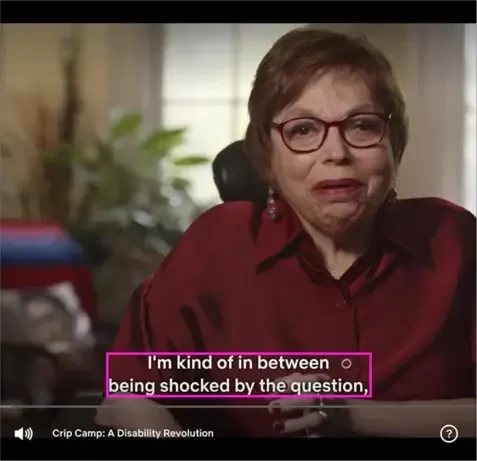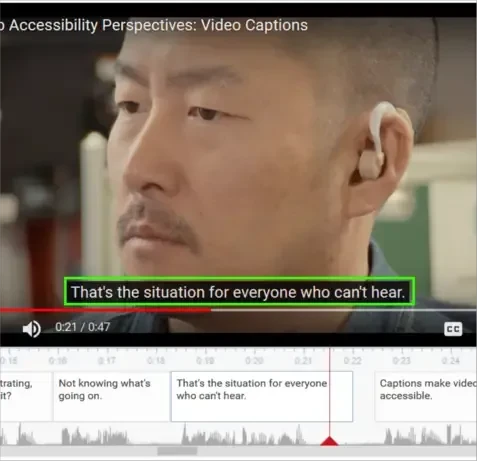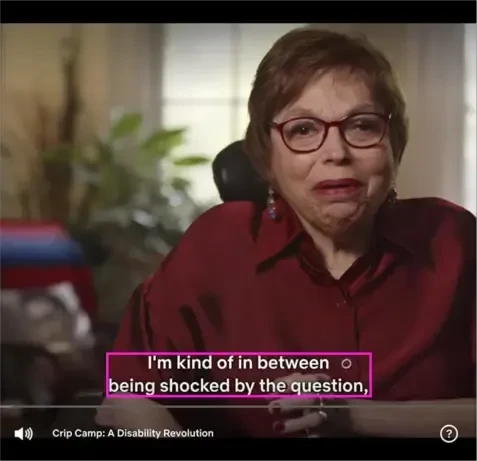Video Captioning for Accessibility
Home » Case Study » Video Captioning for Accessibility
Project Overview:
Objective
Video captioning for accessibility strives to make audio-visual content accessible to a wide range of audiences. It improves understanding and ensures accessibility in different fields. Moreover, the goals include providing real-time accuracy, supporting multiple languages, and efficiently captioning online videos through teamwork.
Scope
Video captioning for accessibility is crucial to making audio-visual content inclusive. Additionally, it improves understanding and helps in various fields. Furthermore, it ensures real-time accuracy and supports multiple languages. Moreover, efficient captioning of online video content is possible through teamwork and collaboration.




Sources
- Automatic Captioning Tools: Software and tools that offer caption generation and synchronization features. These tools can greatly simplify the process of adding captions to videos, making them accessible to a wider audience. For example, software that integrates with video editing platforms provides real-time captioning and automatic synchronization with spoken words.
- Human Transcription Services: for high accuracy. These services are often provided by professionals or through crowdsourced platforms. They make sure captions are accurate and reliable. Human transcribers can handle nuances and context that automated tools might miss, resulting in better quality captions.



Data Collection Metrics
- Caption Accuracy: Ensuring correctness and completeness of captions.
- Caption Alignment: Synchronizing captions with video for coherent accessibility.
Annotation Process
Stages
- Video Selection: Choose the video content to be captioned. This initial step is crucial as it sets the foundation for the entire process.
- Transcription: Generate text transcriptions of the spoken content in the video. At this stage, accuracy is paramount to ensure that all spoken words are correctly documented.
- Caption Generation: Create captions from these transcriptions, ensuring synchronization with the video timing. This step is essential to maintain the flow and coherence of the video content.
- Quality Check: Review and edit captions for accuracy, readability, and compliance with accessibility standards. This quality check is necessary to ensure that the captions are both precise and user-friendly.
- Integration: Once the captions are finalized, embed them into the video or platform for viewing. This integration allows the captions to be seamlessly part of the video experience.
- User Accessibility: Finally, ensure that the captioned content is accessible to users, including those with hearing impairments and non-native language speakers. This step is vital to make the content inclusive and accessible to a broader audience.
Annotation Metrics
- Inter-Annotator Agreement: Establish metrics to measure the consistency among annotators. Common metrics include Cohen’s Kappa, Fleiss’ Kappa, and Krippendorff’s Alpha. These metrics help determine how much agreement exists beyond chance. By calculating these values, you can quantify the reliability of annotations and identify areas needing improvement.
- Label Accuracy: To ensure the precision and correctness of annotations, implement regular accuracy checks. Use a gold standard dataset, where the correct labels are already known, to compare against annotator labels. Track the percentage of correct annotations to assess overall accuracy. This helps in identifying trends and areas where annotators may need additional training or clarification.
- Feedback Mechanism: Create a robust feedback system to address uncertainties and improve annotation quality continuously. Allow annotators to flag uncertain cases and discuss them with subject matter experts. Provide regular feedback sessions where annotators can learn from their mistakes and improve their skills. Additionally, update guidelines and training materials based on feedback to ensure continuous improvement.




Quality Assurance
Stages
- Ensuring Data Quality: To ensure accuracy and reliability, it is crucial to implement rigorous data quality checks. Moreover, regular audits and validations should be conducted to maintain the integrity of the collected data. For instance, performing routine cross-checks and using automated data validation tools can help identify and correct errors promptly.
- Protecting Privacy: Furthermore, it is essential to strictly adhere to privacy regulations and obtain informed consent from participants. Additionally, ensuring that data is anonymized and cannot be traced back to specific individuals is of utmost importance. By doing so, you can protect participants’ confidentiality and comply with legal standards.
- Securing Data: In addition to privacy protection, implementing robust data security measures is vital to protect sensitive information. Therefore, utilizing advanced encryption methods and regularly updating security protocols will safeguard the data against unauthorized access. Moreover, conducting regular security audits can help identify and address potential vulnerabilities.
QA Metrics
- Data Accuracy: Ensure data accuracy through regular validation checks.
- Privacy Compliance: Regularly audit data handling processes for privacy compliance.
Conclusion
Video captioning is a pivotal tool for enhancing accessibility, making audio-visual content inclusive for a broader audience. This includes individuals with hearing impairments and those in diverse language communities. Moreover, this technology not only facilitates better understanding but also increases engagement and information dissemination across various sectors, such as education, media, and online communication.

Quality Data Creation

Guaranteed TAT

ISO 9001:2015, ISO/IEC 27001:2013 Certified

HIPAA Compliance

GDPR Compliance

Compliance and Security
Let's Discuss your Data collection Requirement With Us
To get a detailed estimation of requirements please reach us.